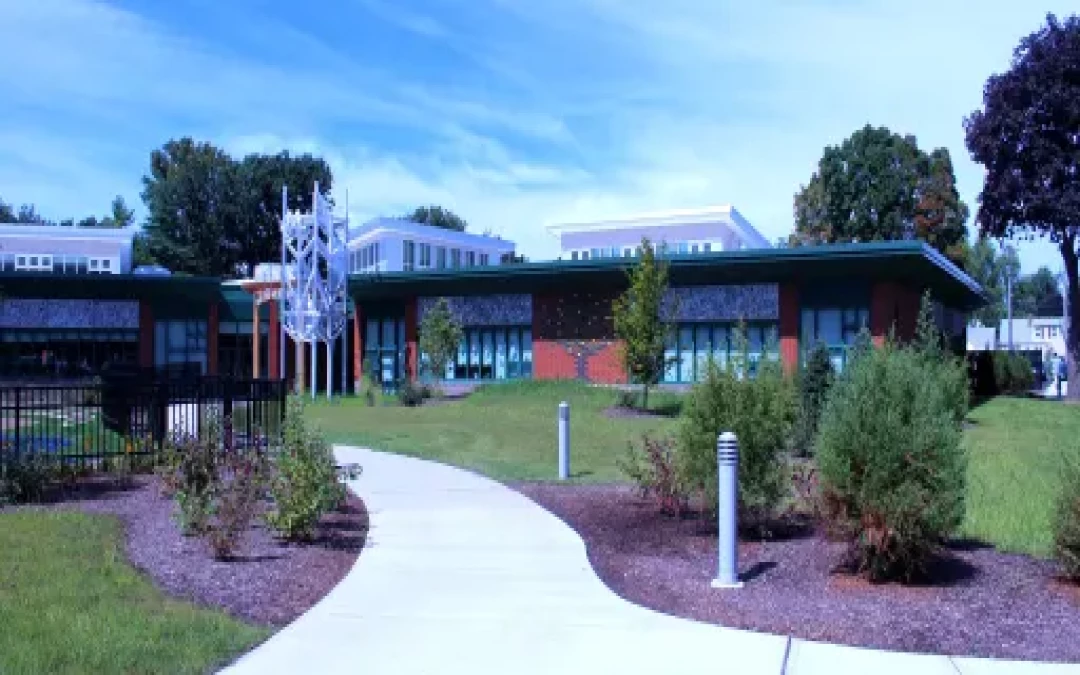Magnet schools are state-financed schools that have particular courses in regions like science, human articulation, organization, or vernaculars. Understudies frequently pick magnet schools to go to regions that are fascinated by their tendencies. "Magnet" really mirrors this thought of fascination. Researchers are drawn to the Magnet School in the radiance of their academic focus.
Here you can read more subjects.
History Of Magnet Schools
Magnet schools were brought about by the improvement of social fairness during the 1960s and 1970s and addressed an errand to coordinate the city's tremendous schools. Schools were a trait of the area all in all - understudies went to schools nearest to their homes. Notwithstanding this, the consequence of such practice was that schools mirrored the frequently different nature of their organizations.
Magnet Schools was expected to draw in understudies from various school regions. Understudies from various districts would like to go to a school that might be a long way from home because the school meets their particular resources and interests. Specifically, various magnet schools exist in metropolitan regions to assist with resolving the issue of "white flight" from numerous city regions.
The fundamental magnet school in the United States was McCarver Elementary School in Tacoma, Washington. Called an "elective school" at that point, it offered understudies a less comprehensive instructive arrangement so they could learn at their own speed. By 1971, more elective schools had opened in metropolitan networks including Minneapolis, Berkeley, and Dallas.
Here you can read more about the advantages of blood group o positive
The advancement of a critical number of these schools demonstrated the way that isolation could be accomplished through court solicitations and choices rather than compelled transportation, and magnet schools have filled in popularity since that point. Today, there are more than 3,000 magnet schools in the United States.
What Are Magnet Schools Today?
Magnet schools exist at the rudimentary, focal school, and auxiliary school levels. Many have satisfied their exceptional goals of propelling variety through educative choices. For instance, Connecticut has 95 magnet schools spread across the state, and all have confirmed approaches pointed toward progressing both monetary and racial variety. These schools are dependably positioned among the top in the state.
Nonetheless, not all school magnates completely fulfill the school's improvement convictions. The Thomas Jefferson High School for Science and Technology in Alexandria, Virginia, is positioned #1 in the U.S. News and World Report situating of magnet schools in the country. The school has an astoundingly unmistakable understudy body with 79% minority enlistment, albeit simply 2% understudies from monetarily compelled establishments.
Perhaps the best magnet schools in the nation can show a 100% graduation and school status rate, and with that accomplishment comes an accentuation on serious confirming and gifted understudies who will close the school's entryways open to various understudies.
The Ups And Downs Of Magnet Schools
Like all guidance choices, magnet schools accompany a blend of advantages and limitations. There are a few specialists:
cost. Magnet schools are government-financed schools, similar to your closest optional school, so they are sponsored by residents and there might be no different expense to join in. Students get extraordinary guidance in vain, while a decent educational cost-based school can cost a ton. Dollars each year.
Variety. Not entirely set in stone to assist with wiping out isolation, magnet schools will by and large have more discrete review bodies than schools serving a specific region. Understudies at Magnet Schools draw on course material from their educators, yet benefit from peers whose establishments are boundlessly special in their own regard.
Strong intellectual. With few exceptions, magnet schools beat their administration-subsidized school neighbors, and they have high graduation and school status rates overall. Numerous magnet schools have IB instructive plans and solid areas for understudies who truly need to explore a school's instructive arranging community in more profundity than a standard optional school.
The detriments of magnet schools are generally based on one of the school's trademark highlights: they come from various fields of understanding. This can cause a few bother and dissatisfaction for guardians and understudies:
Companions might remain away. At the point when understudies make mates in a magnet school, they can be extremely far off. This makes play dates hard for additional energetic youths, and it might just make for more settled wise endeavors to get together for amusement or study.
Not all magnet schools offer transportation. Since they are a hu. can coverage geographic district, various magnet schools may not give moving or transportation. This doubtlessly puts an additional load on the watchmen.
After-school activities can be a test. Again, with distances and much of the time-limited transport, gatekeepers could need to get students from after-school activities, and there may be enormous transportation hardships to participate in games, shows, moves, and various activities. can.
Magnet schools can make hurt connecting state-supported schools. Since magnet schools attract impressive, effective students, the overall academic nature of students at connecting schools could decline.
 Admin
Admin

















